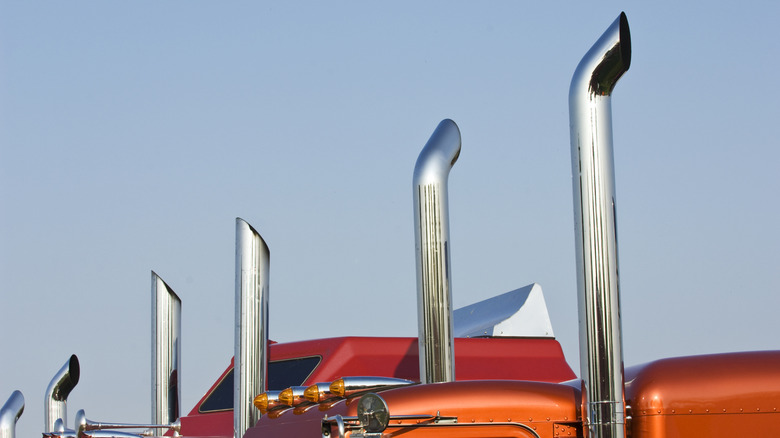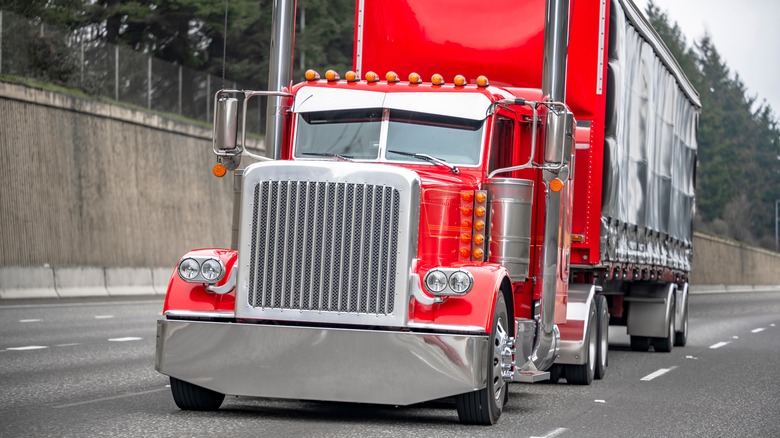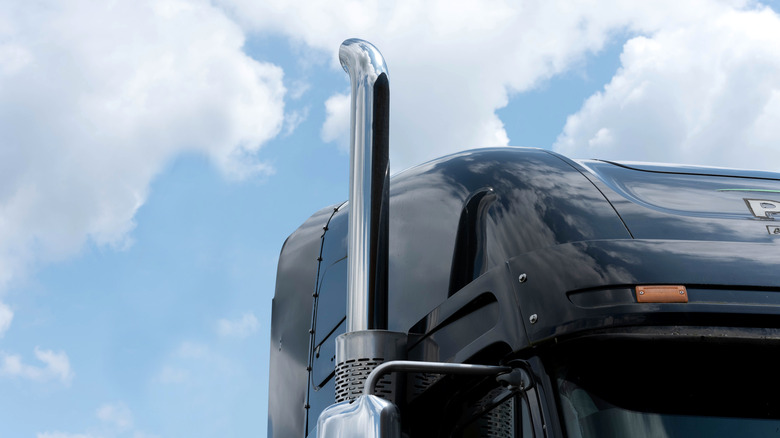Why Do Semi Trucks Have Vertical Exhaust Stacks?
The next time you see a semi truck rumbling down the highway, pay attention to the vertical exhaust stacks rising up from behind the cab. These exhaust pipes aren't just for aesthetic purposes: These smoke stacks are a part of diesel trucks and semis for good reason. They improve engine efficiency, help with environmental safety, and give trucks their signature roar.
At a basic level, exhaust stacks are vertical pipes that reroute the exhaust from under the truck bed to above the cab. This design pushes engine emissions up to the sky rather than the traditional downward or outward direction. From a mechanical standpoint, this vertical setup lets more exhaust out more efficiently, which can slightly boost the engine's overall combustion process. The better the engine "breathes" like this, the smoother and more coolly it will run overall. This is especially helpful in large diesel engines, which have more exhaust than a traditional gas-powered car.
Other reasons for a vertical exhaust stack
Beyond performance, vertical exhaust stacks also have advantages with safety. A semi truck diesel engine's exhaust isn't just noisy ... it's incredibly dirty, too. Routing that exhaust out of the side or back of the truck could expose pedestrians on the side of the road, follow drivers on the highway, or even sensitive cargo in the trailer to harmful emissions. By sending the smoke straight up, exhaust stacks move the fumes up, up, and away.
Long-haul truckers spend a lot of time idling. Imagine the pollution if semis let the exhaust pour out the side or back of the cab in a crowded loading dock, construction zone, or confined roadway. In these situations, sending the exhaust through vertical vents lowers the risk of exposing everyone to harmful diesel emissions.
Of course, it's not all about practicality. Looks and sound play a big role, too. Stacks are highly customizable, with plenty options ranging from straight-cut, or miter stacks to the angled, or cat stacks. The sky is the limit when it comes to sizes, with options anywhere from 5 to 10 inches in diameter and 12 to 120 inches in height. Moreover, the larger the stack, the louder the sound – another thing that semis love to show off.
Is there a law that says semis have to use vertical exhaust stacks?
There's no specific law that says semi trucks must use vertical exhaust stacks, but the regulations that do exist make them a very popular choice. According to Federal Motor Carrier Safety Regulation § 393.83, exhaust systems on trucks and truck tractors must discharge to the rear of the cab or, if the exhaust projects above the cab, at a location near the rear of the cab. The rules also prohibit exhaust from venting directly beneath or in front of the driver's compartment, or in areas where it could damage wiring, fuel systems, or other combustible parts.
Vertical stacks offer a reliable way to check all the boxes: They push exhaust well above the cab, meet the regulation's location requirements, and reduce the risk of harmful diesel fumes entering the cabin or affecting sensitive parts or cargo on the vehicle.
So, while they're not mandated by law, vertical stacks are nevertheless an easy and efficient way to stay street-legal. Just don't go thinking about attaching one to your gas-powered sedan anytime soon.


